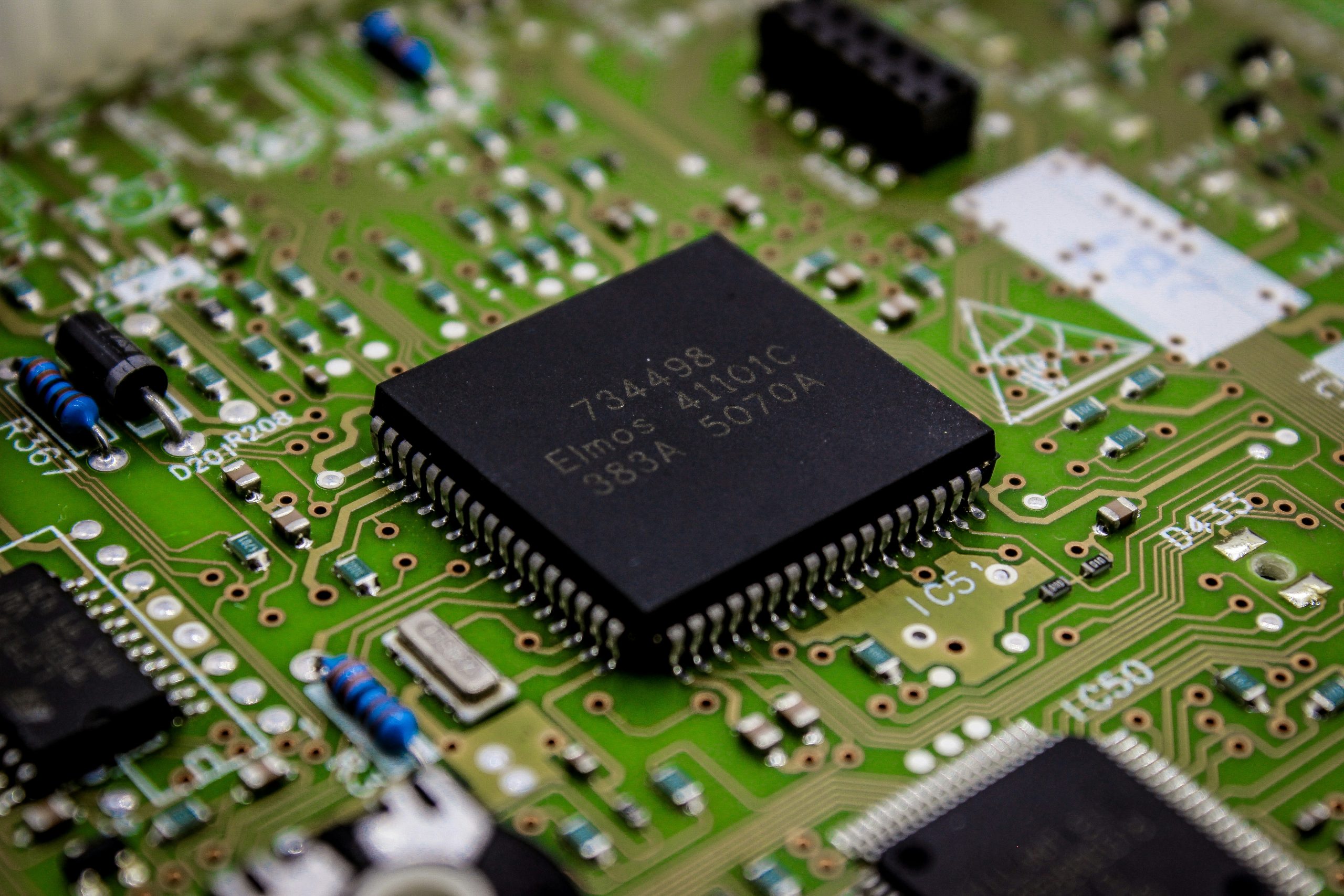
CBC, established in 1925 as Chugai Boeki Gomei Kaisha, will celebrate its 100th anniversary in 2025.
The division with the longest history in CBC is the Chemicals & Materials Division. Starting with the import and sale of dyes and pigments, we are now engaged in planning, developing and distributing a wide range of chemical products, including synthetic resins, solvents and electronic materials.
The Chemicals & Materials Division is considered the backbone of CBC. How are the products and materials handled by this division used in our daily lives? In this article, we will introduce what the division is working on and how their products are involved in our lives based on the theme “power semiconductors,” which is expected to become a bigger business for this division going forward.
Power Semiconductors, the "Muscle" and "Heart" of Products
Are you familiar with the “power semiconductor,” which is attracting attention as a device that promotes effective use of energy and energy saving in today’s world, where sustainable social development is required?
 “Semiconductors” are used in integrated circuits built into computers and home appliances and are now recognized as commonplace in our daily lives. They can roughly be divided into two types according to their roles and purposes.
“Semiconductors” are used in integrated circuits built into computers and home appliances and are now recognized as commonplace in our daily lives. They can roughly be divided into two types according to their roles and purposes. The first type is “logic semiconductors” used in CPUs (central processing units) built into computers and smartphones. They are good at controlling and calculating data. Many people would probably imagine this type when they hear the term semiconductor.
On the other hand, power semiconductors have a different function than logic semiconductors. This type handles not information but electricity, and its major role is to convert electricity into a form suitable for the equipment concerned.
For instance, electricity that reaches our homes through electric wires cannot be used as is to run computers and home appliances. Electricity is delivered to our homes using a method called “alternating current” to reduce losses during transmission. However, as most electronic devices are powered by “direct current” electricity, it is necessary to convert electricity from alternating current to direct current.
 This is where power semiconductors are used. They are built into most home appliances, such as televisions and air conditioners. Their roles are not only to convert electricity from alternating current to direct current but also to transform the voltage according to the application.
This is where power semiconductors are used. They are built into most home appliances, such as televisions and air conditioners. Their roles are not only to convert electricity from alternating current to direct current but also to transform the voltage according to the application. There are also other roles, such as “converting direct current to alternating current” or “changing the frequency while maintaining alternating current.” Power semiconductors are almost always used in places where electricity is handled.
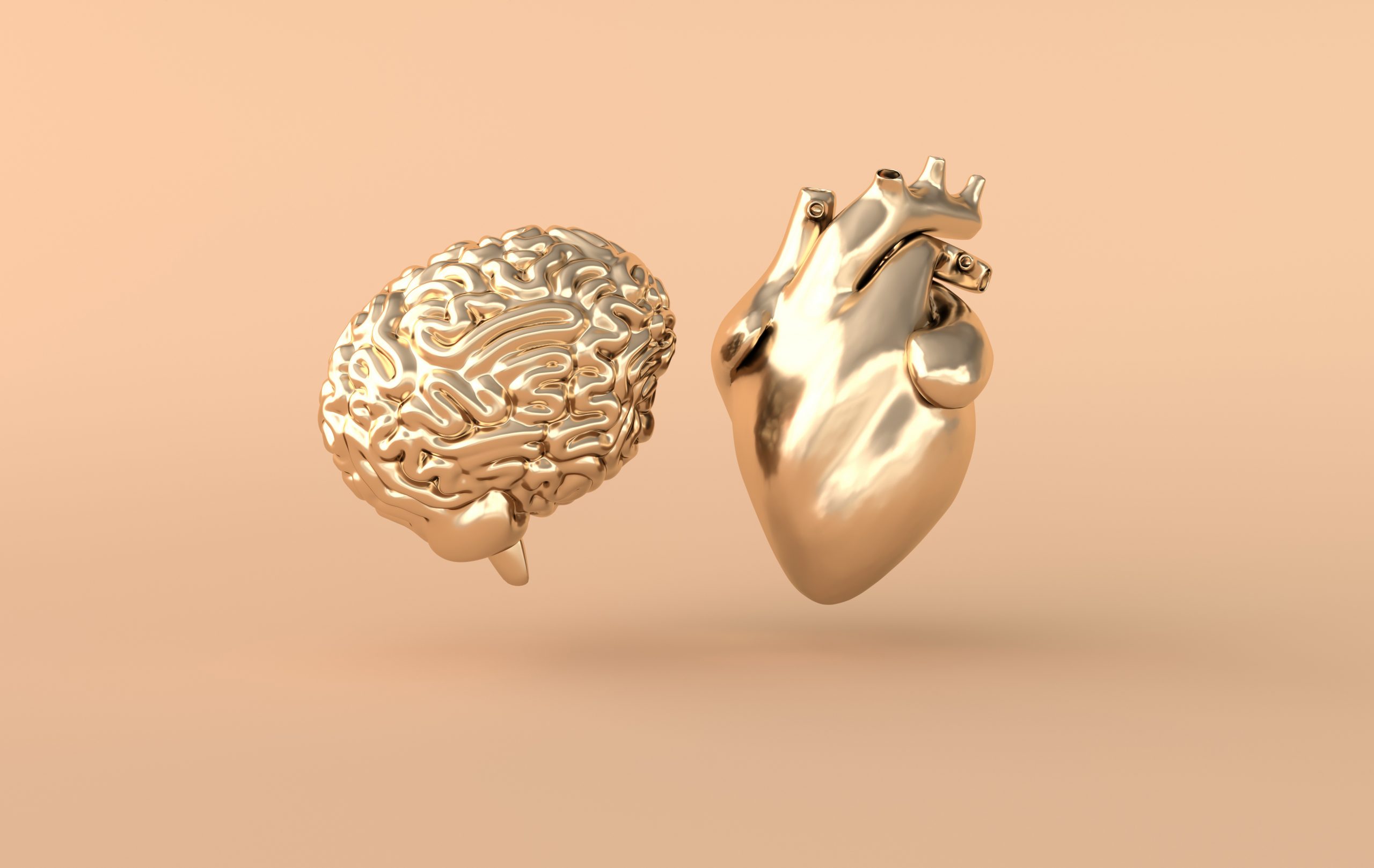 While logic semiconductors are referred to as the “brain” of the human body, power semiconductors are referred to as the “heart” or “muscles.” They are an organ that plays an important role, different from the brain, which is essential for moving the body.
While logic semiconductors are referred to as the “brain” of the human body, power semiconductors are referred to as the “heart” or “muscles.” They are an organ that plays an important role, different from the brain, which is essential for moving the body. One of the applications of power semiconductors, whose needs have been expanding in recent years, is electric vehicles (EVs) and hybrid vehicles (HEVs). With the shift from gasoline-powered cars to EVs gaining momentum globally, huge demand is being created mainly in the area of EVs, not only for powering car engines but also for charging stations.
What is emphasized in these power semiconductors that are used for “controlling and converting electricity” is to control the received electricity with minimum loss.
When electricity is applied to the power semiconductor, the semiconductor itself generates heat due to the resistance and switching of the electricity. This means that part of the energy that is supposed to be used for moving things is released as heat. The energy that is lost here is called “power loss.”
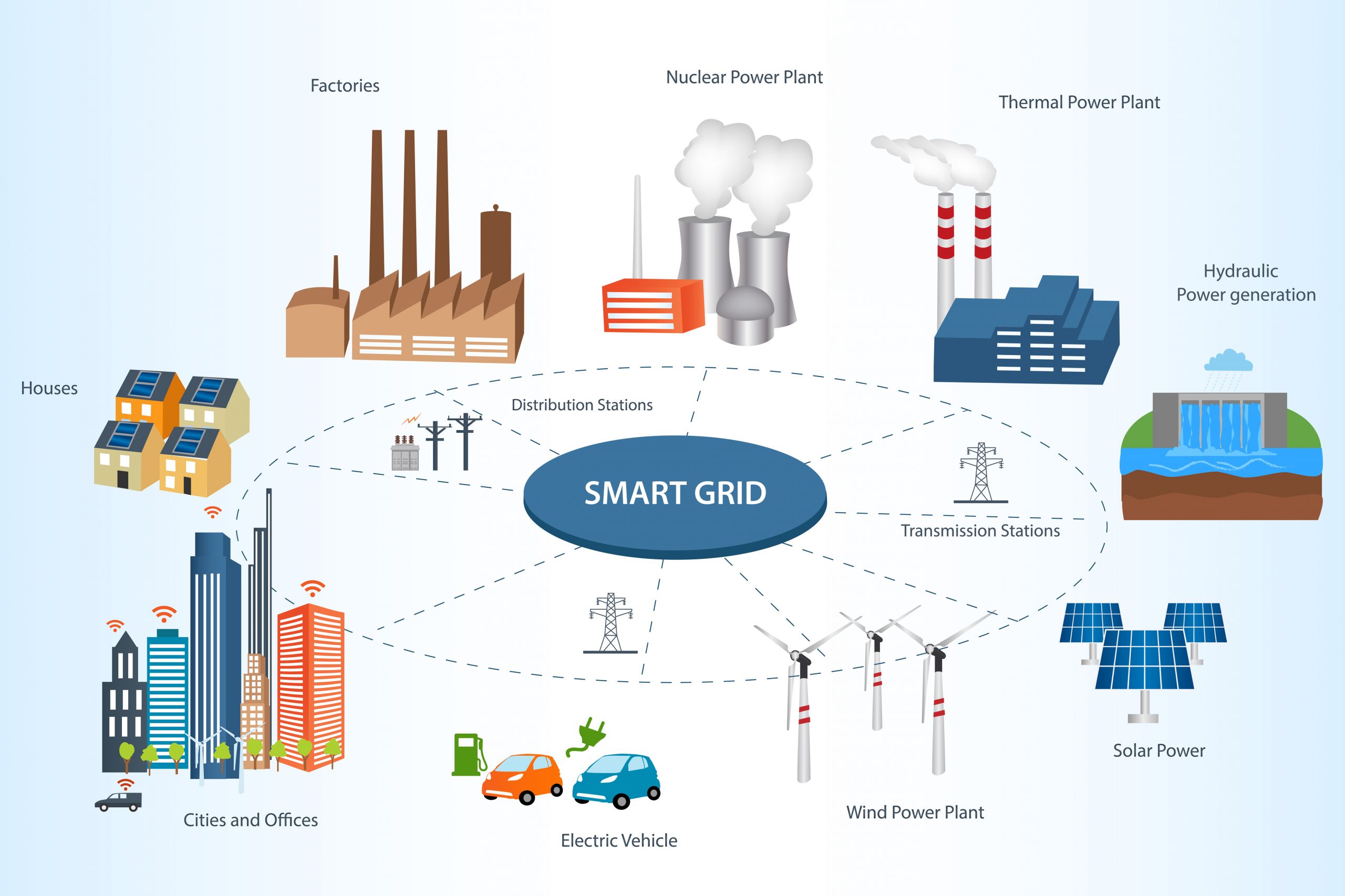
Power semiconductors with good performance are those that can “reduce power loss.” While most power semiconductors are currently made with silicon (Si) as a main material, new materials such as silicon carbide (SiC) and gallium nitride (GaN) are attracting attention as next-generation power semiconductor materials that can further reduce power loss.
With many countries and companies striving to promote carbon neutrality (decarbonization) and energy saving, power semiconductors are becoming indispensable as a behind-the-scene contributor to using energy with less loss.
Working with Partner Companies on R&D of Power Semiconductors
CBC’s Chemicals & Materials Division (CM Division) is working with partner companies that have professional technology and knowledge in various fields to develop and manufacture power semiconductors and to research new power semiconductor materials that will be widely used in the future.
One of our partner companies is a small and elite fabless manufacturer with veteran engineers who retired from major manufacturers.
A fabless manufacturer is a “manufacturer without any production facility” that only plans and designs products within the company and outsources manufacturing. Instead of the “vertically integrated” manufacturing system, in which one company carries out everything from planning and design to manufacturing, the so-called horizontally integrated system where each process is handled by a separate company, like this fabless manufacturer, is now becoming the mainstream in semiconductor manufacturing.
By taking advantage of the “horizontally integrated” system, this company can reduce costs for operating manufacturing facilities while making use of the facilities and manufacturing capabilities of contractor factories. CBC is collaborating with this company to manufacture power semiconductors and build a business model that makes use of the strengths of domestic companies.
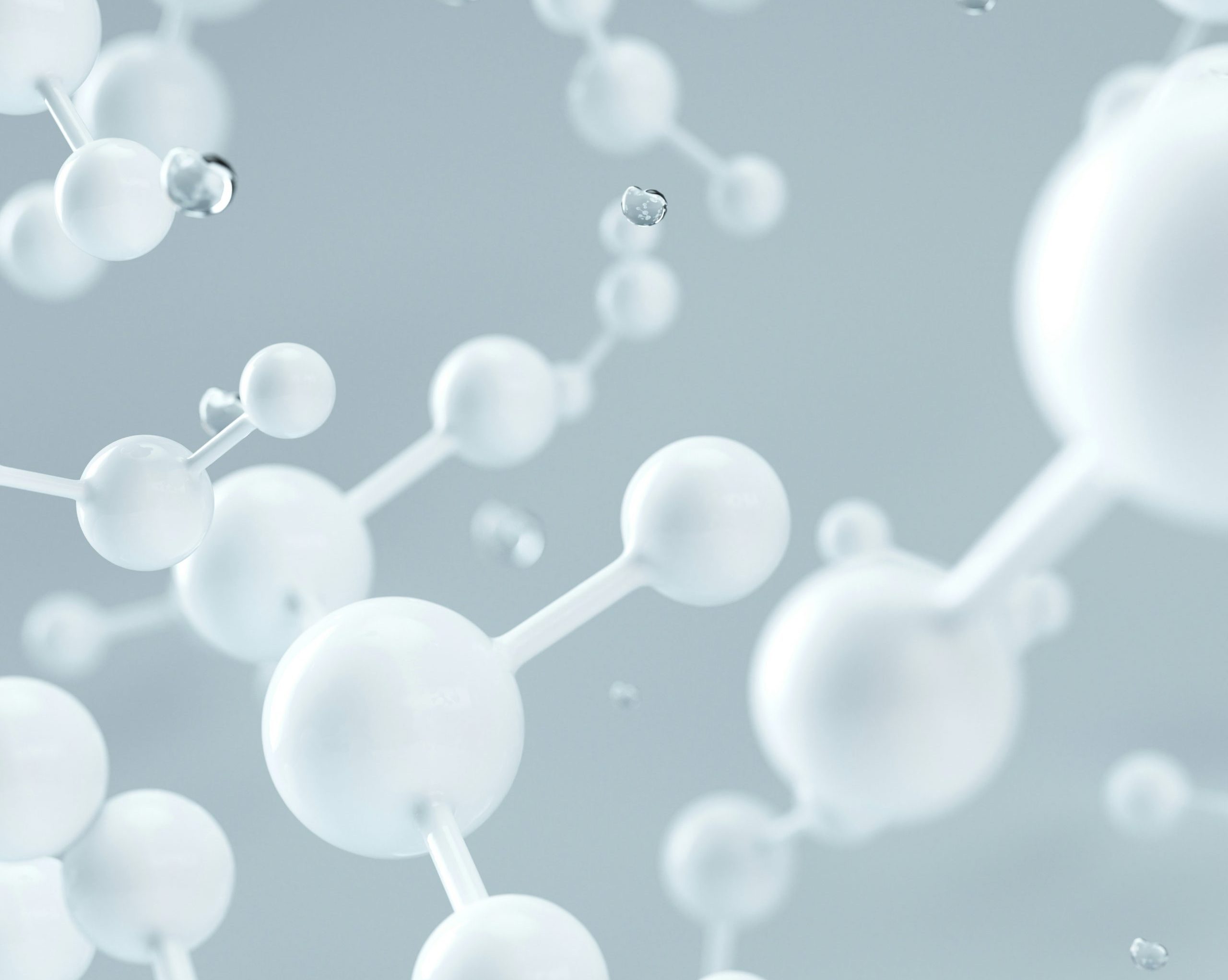 Among our partners, there are companies that are strong in the research and development of new materials. Power semiconductors are required to not only reduce power loss but also to function in hot and humid environments, which are not suitable for using electronic devices. They are therefore active in researching and developing new materials that can solve these issues faced by existing power semiconductors.
Among our partners, there are companies that are strong in the research and development of new materials. Power semiconductors are required to not only reduce power loss but also to function in hot and humid environments, which are not suitable for using electronic devices. They are therefore active in researching and developing new materials that can solve these issues faced by existing power semiconductors. Synthetic diamonds are currently said to be the material for next-next generation power semiconductors. Compared to next-generation power semiconductor materials such as silicon carbide and gallium nitride, they are attracting attention for their high voltage resistance, low power loss, and their ability to be used at high temperatures. Research is currently being conducted to put them into practical use.
CBC is working with partner companies on the research and development and sales of these synthetic diamonds. By engaging in the research and development that goes beyond the materials currently in use and looks even further into the future, we are aiming to create a future power semiconductor market and realize a stable supply of these new materials.
CBC is partnering with various companies that can be considered professionals in their respective fields, such as a company that has the technology to mass-produce electronic circuit boards using non-conventional processes and an institution that analyzes semiconductors. As a trading company specializing in chemical products, we are aiming to establish future next-generation power semiconductors by developing and supplying materials to partner companies and providing sales support.

Winning Formula Based on CBC’s Strength in “Chemistry and Electricity”
It was about five years ago that the CM Division started working on the power semiconductor business. In order for a division specializing in chemical products to develop business in a new field where it had no knowledge, it was necessary to find a “winning formula” in the new field.
It was quite difficult for CBC, which had neither the technology or facilities to manufacture semiconductors nor any engineers or connections with companies in the field, to enter the already mature semiconductor market and make a big impact. We had no chance of winning unless we approached the market in a way that manufacturers or other trading companies could not. That is why we focused on the “power semiconductor,” which was still a niche product at the time.
Power semiconductors are expected to be in even bigger demand in the future, and moreover, “handling of materials” plays a huge role in their research and development. As CBC’s CM Division has been handling chemical products since its establishment, it has knowledge regarding materials-based research and development accumulated over its history and strong connections with related companies.
We thought that the CM Division should be able to fully utilize its resources for the research and development of materials that are expected to be used in power semiconductors in the future, such as silicon carbide, gallium nitride and synthetic diamonds, and that we could leverage CBC’s strength to “connect electricity and chemistry” in the field of power semiconductors.
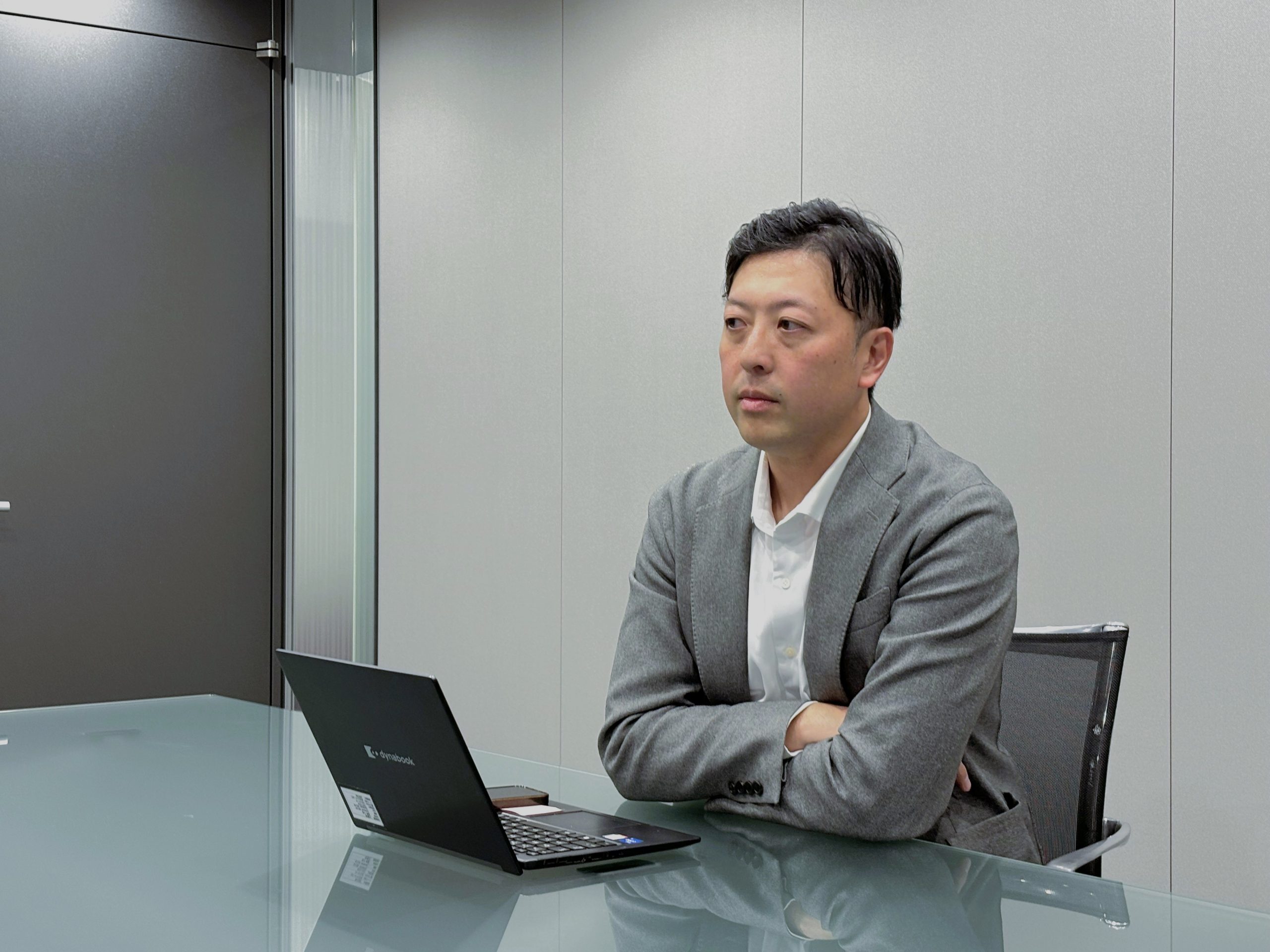 In order to compete in the new field, the next step we took was to find a partner to work with. The semiconductor market is an already established “closed” market with an ecosystem created mainly by major domestic manufacturers. In order to enter this market, we needed to become a member of this established market.
In order to compete in the new field, the next step we took was to find a partner to work with. The semiconductor market is an already established “closed” market with an ecosystem created mainly by major domestic manufacturers. In order to enter this market, we needed to become a member of this established market. The reason why CBC formed partnerships with companies that have outstanding technology in the industry was not only to acquire technology and know-how but also to participate in the market and build a network.
The relationship between CBC and its partner companies is not like the conventional relationship of “purchasing and selling products” between trading companies and manufacturers.
In our partnership, while the partner company is in charge of technical aspects such as the planning and design of power semiconductors and the research and development of materials, CBC mainly carries out “sales activities” to sell the products of the partner company. Companies that are engaged in future-oriented research and development cannot continue their research activities unless they make sufficient profits. We carry out research and development with our partner companies and, at the same time, play the role of delivering their technology and products to the market as their sales representative.
It is not an exaggeration to say that the relationship between CBC and our partner companies is a “being in the same boat” type of relationship, in which both companies mutually provide each other’s resources to promote business. By combining our partner companies’ technological and development capabilities with CBC’s sales capabilities and knowledge of materials, we are moving forward in our efforts that foresee the establishment of a future power semiconductor market.

Conducting Future-Oriented Research with Time and Patience
The size of the global semiconductor market as of 2022 is approximately 574 billion US dollars, of which the power semiconductor market accounts for about 23.8 billion US dollars. This is not a large amount in the overall market, but it is expected to reach 36.9 billion US dollars by 2030, boosted by increasing demand for energy-related equipment and EVs.
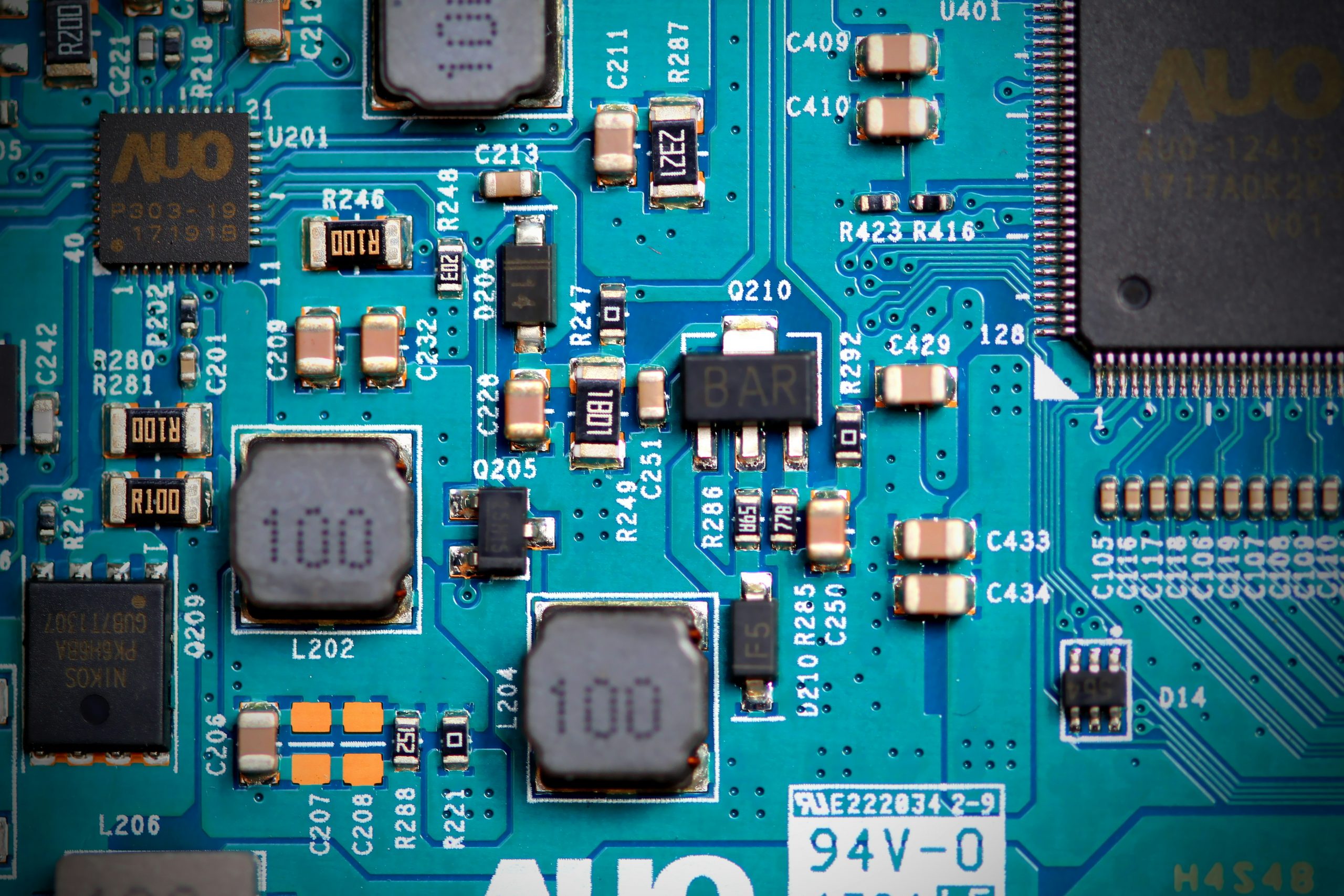 Japan currently holds a more than 20% share of the global power semiconductor market, and five domestic companies are ranked within the top 10 in terms of corporate sales. While Japan is highly competitive compared to other countries, it is reported that manufacturers in Europe, the U.S. and China have invested and expanded their manufacturing facilities. It is therefore necessary for Japan to strengthen its competitiveness in anticipation of market changes going forward.
Japan currently holds a more than 20% share of the global power semiconductor market, and five domestic companies are ranked within the top 10 in terms of corporate sales. While Japan is highly competitive compared to other countries, it is reported that manufacturers in Europe, the U.S. and China have invested and expanded their manufacturing facilities. It is therefore necessary for Japan to strengthen its competitiveness in anticipation of market changes going forward. What CBC will be focusing more on going forward is to “build colleagues” not limited to partner companies. As the CM Division has been handling mainly chemical materials, there are still only a few members with knowledge of electronic materials, and so employees with different specialties are required to expand our business.
In the power semiconductor market, which still has room for development, we will aim to develop our business, looking ahead to the market in 10 years, 20 years and beyond, by devoting a lot of time and patience. We will think together with colleagues within and outside the company about what the future should look like and engage in the production and supply of power semiconductors that will become a part of future society.
CBC will continue to focus on initiatives to connect “chemistry and electricity” in the field of power semiconductors.

Text by Shun Ito / Edited by No-oto







